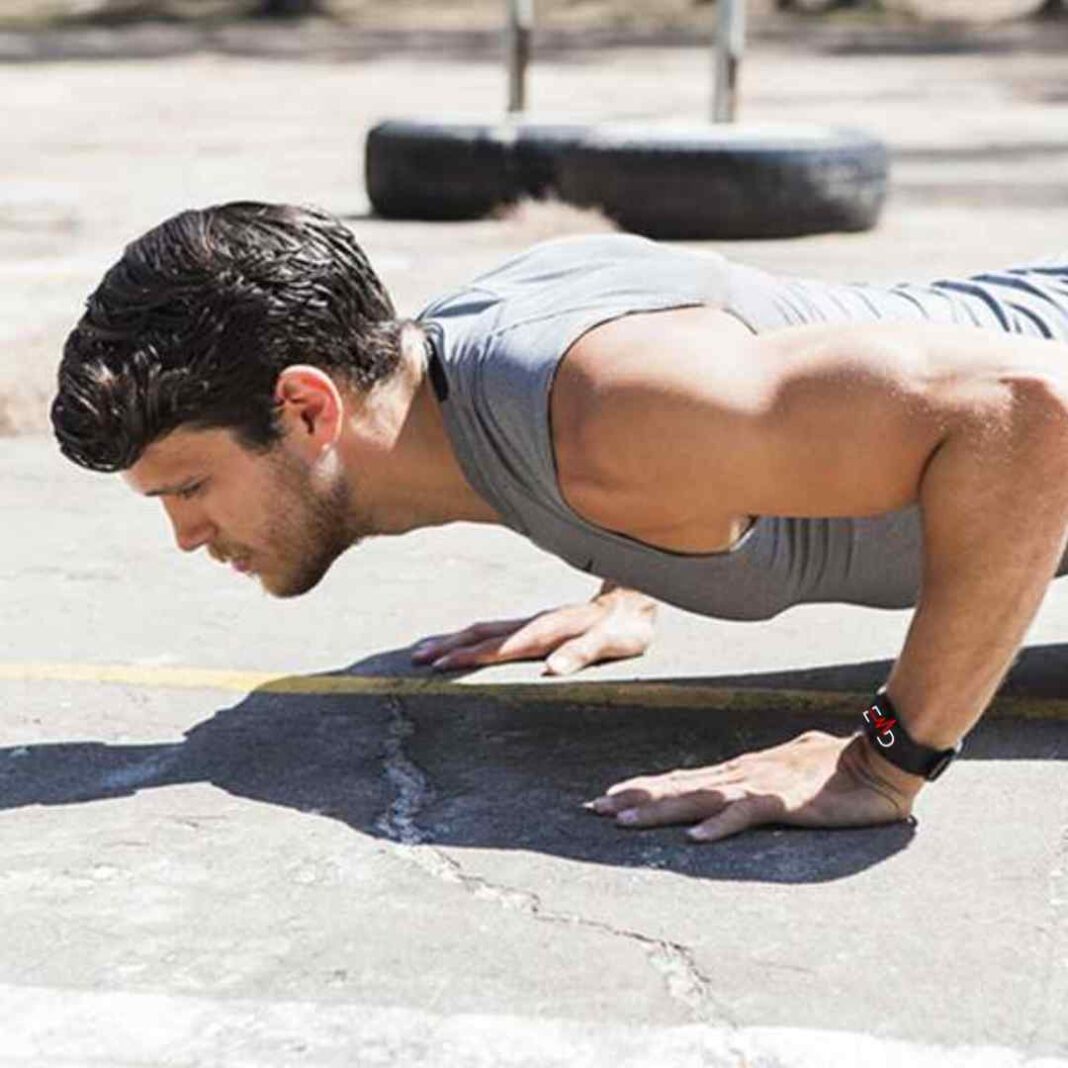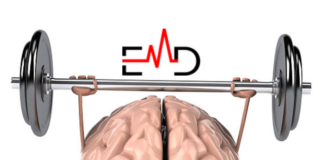Exercise Daily – When it comes to getting in shape and improving your overall fitness, strength training through bodyweight exercises is one of the best ways to achieve your goals. These exercises are great for building muscle strength and muscular endurance without the need for fancy gym equipment or heavy weights. Bodyweight exercises at home can provide a full-body workout that targets every muscle group, improving your body composition and overall fitness.
Using your body weight as resistance, you can perform exercises like push-ups, squats, and planks, effectively strengthening the legs, arms, upper back, and shoulder blades. Whether you’re a beginner looking to start your fitness journey or a seasoned athlete, bodyweight exercises offer a versatile and effective solution to build endurance and strength.
Benefits of Bodyweight Exercises
Before diving into specific exercises, let’s explore the numerous benefits of incorporating bodyweight exercises into your fitness routine.
Bodyweight exercises offer a full-body workout, engaging multiple muscle groups simultaneously. Unlike isolated exercises that target specific muscles, bodyweight exercises promote functional movement patterns that improve overall strength and balance. Additionally, these exercises can be modified to suit various fitness levels, making them accessible to beginners and advanced individuals.
By utilizing your body’s weight as resistance, bodyweight exercises promote muscle growth and develop strength without needing external weights or machines. This makes them a convenient and cost-effective option for those who prefer to exercise at home or have no gym access.
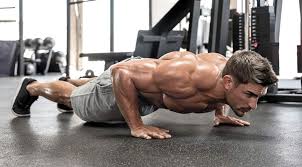
Getting Started: Bodyweight Exercises for Beginners
If you’re new to bodyweight training, starting with foundational exercises that build strength and stability is essential. Let’s explore a few beginner-friendly exercises:
Squats
Squats are a fundamental lower body exercise that targets your quadriceps, hamstrings, and glutes. To perform a squat:
- Stand with your feet shoulder-width apart, toes slightly turned out.
- Bend your knees and lower your body as if sitting back in a chair.
- Keep your chest up and your spine neutral.
- Lower until your thighs parallel the floor, ensuring your knees track over your toes.
- Push through your heels to return to the starting position.
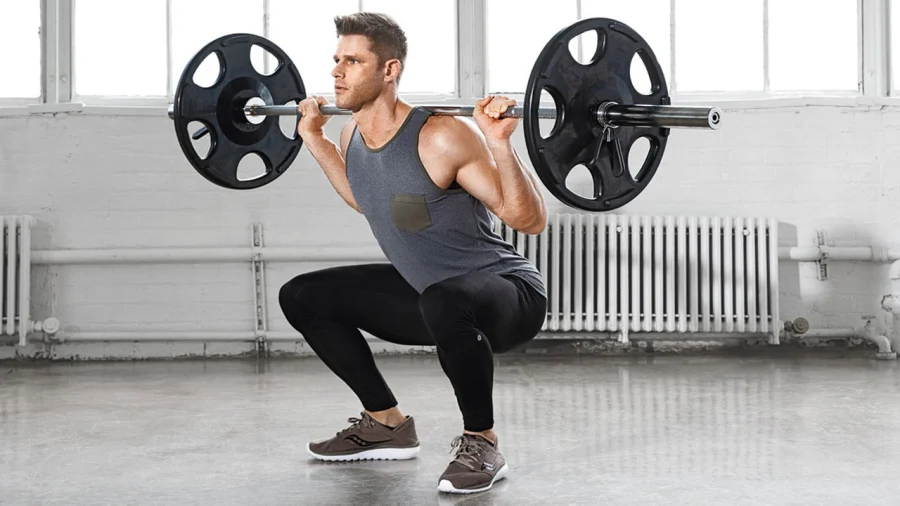
Lunges
Lunges are excellent for strengthening the lower body and improving balance. Here’s how to do a basic lunge:
- Start by standing with your feet hip-width apart.
- Take a step forward with your right foot, keeping your core engaged.
- Lower your body, bending both knees until your front thigh is parallel to the ground.
- Push through your front heel, returning to the starting position.
- Repeat on the other side, alternating legs.
Push-Ups
Push-ups are a classic bodyweight exercise that targets the chest, shoulders, triceps, and core. Follow these steps to perform a push-up:
- Start in a plank position with your hands slightly wider than shoulder-width apart.
- Lower your body by bending your elbows, keeping them close to your body.
- Lower until your chest is just above the ground or as far as you can.
- Push back up, fully extending your arms.
- Keep your core tight and maintain a straight line from head to heels throughout the movement.
Plank
The plank isometric exercise that engages your core, upper body, and lower body. Here’s how to do a plank:
- Begin in a push-up position with your hands directly beneath your shoulders.
- Engage your core and keep your body straight from head to heels.
- Hold this position for as long as you can while maintaining proper form.
- To modify, you can perform a plank on your forearms instead of your hands.
Incorporating these basic bodyweight exercises into your routine can lay a solid foundation for your strength and endurance journey. As you become more comfortable and proficient, you can gradually progress to more challenging exercises.
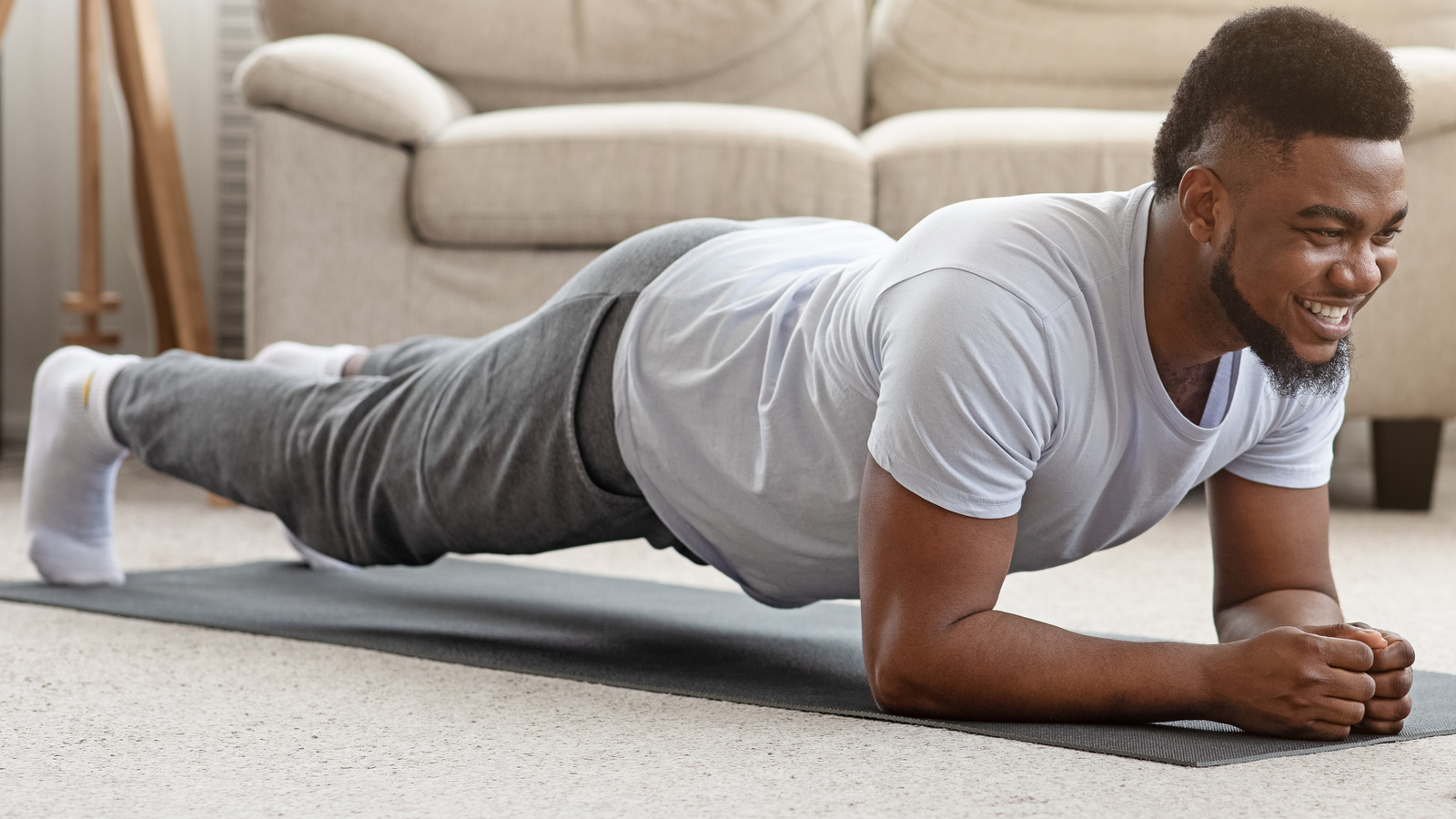
Building Upper Body Strength
Among the best bodyweight exercises are those targeting major muscle groups and improving strength and muscular endurance. Exercises like push-ups, where you slowly lower your body toward the floor, and squats, where you keep your knees aligned with your toes and weight in your heels, are essential. To target your upper body and develop strength in your arms, chest, and shoulders, incorporate the following bodyweight exercises into your routine:
Diamond Push-Ups
Diamond push-ups are a variation of the traditional push-up that places more emphasis on the triceps. Here’s how to perform diamond push-ups:
- Start in a push-up position with your hands close together, forming a diamond shape with your thumbs and index fingers.
- Lower your body, keeping your elbows close to your sides.
- Push back up to the starting position, fully extending your arms.
- Repeat for the desired number of repetitions.
Incline Push-Ups
Incline push-ups are a great modification for individuals struggling with traditional push-ups. This exercise targets the chest, shoulders, and triceps. Follow these steps to perform incline push-ups:
- Find an elevated surface such as a bench or step.
- Place your hands on the edge of the surface, slightly wider than shoulder-width apart.
- Position your feet away from the surface, creating an inclined angle with your body.
- Lower your body by bending your elbows, keeping your core engaged.
- Push back up to the starting position, fully extending your arms.
- Adjust the height of the surface to increase or decrease the difficulty of the exercise.
Tricep Dips
Tricep dips primarily target the triceps but also engage the shoulders and chest. You can perform tricep dips using parallel bars, a sturdy chair, or a bench. Here’s how to do tricep dips:
- Sit on the edge of the surface with your hands placed beside your hips, fingers pointing forward.
- Walk your feet forward, sliding your hips off the surface.
- Bend your elbows and lower your body, keeping your elbows close to your sides.
- Lower until your elbows are bent at a 90-degree angle.
- Push through your palms to extend your arms and return to the starting position.
- Repeat for the desired number of repetitions.
Incorporating these upper bodyweight exercises into your routine will help you build strength and definition in your arms, chest, and shoulders.
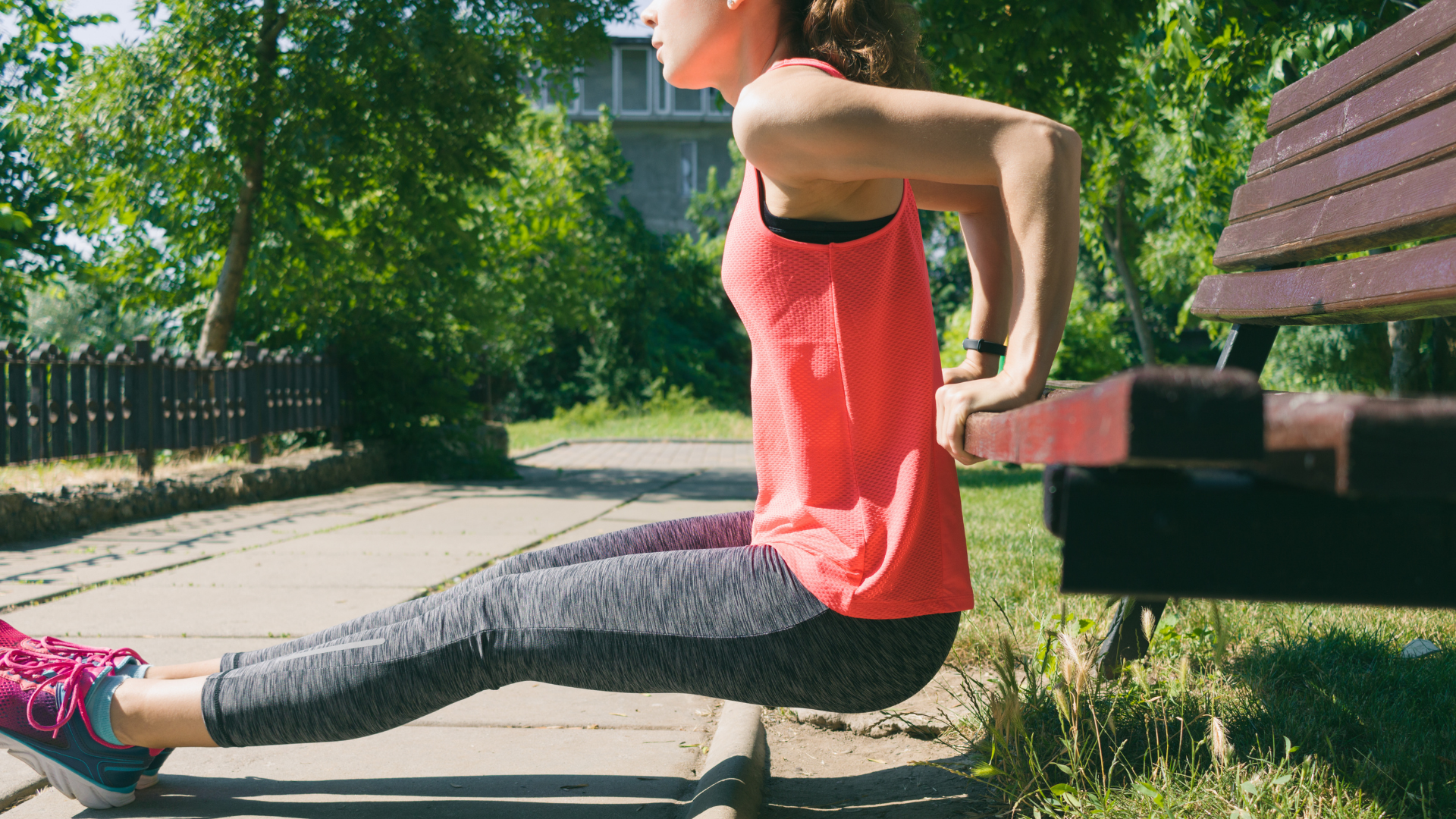
Strengthening the Lower Body
To target your lower body muscles, including your quadriceps, hamstrings, glutes, and calves, incorporate the following bodyweight exercises:
Bulgarian Split Squats
Bulgarian split squats are a challenging exercise that primarily targets the quads and glutes. Here’s how to perform Bulgarian split squats:
- Stand with your back facing a bench or elevated surface.
- Place the top of your left foot on the bench behind you, laces down.
- Take a big step forward with your right foot, ensuring your knee is directly above your ankle.
- Lower your body by bending your right knee, keeping your upper body upright.
- Lower until your right thigh is parallel to the ground, then push through your right heel to return to the starting position.
- Repeat on the other side, alternating legs.
Pistol Squats
Pistol squats are advanced bodyweight exercises requiring strength, stability, and flexibility. This exercise targets the quads, hamstrings, and glutes. Follow these steps to perform pistol squats:
- Stand on your left leg with your right leg extended in front of you.
- Lower your body by bending your left knee, keeping your right leg straight and parallel to the ground.
- Lower until your left thigh is parallel to the ground, then push through your left heel to return to the starting position.
- Repeat on the other side, alternating legs.
Glute Bridges
Glute bridges are an effective exercise for targeting the glutes and hamstrings. Here’s how to perform glute bridges:
- Lie on your back with your knees bent and feet flat on the ground, hip-width apart.
- Engage your core and squeeze your glutes.
- Lift your hips off the ground, creating a straight line from your knees to your shoulders.
- Pause at the top for a moment, then lower your hips back down to the starting position.
- Repeat for the desired number of repetitions.
Incorporating these lower-body bodyweight exercises into your routine can strengthen your lower-body muscles and improve your overall lower-body strength.
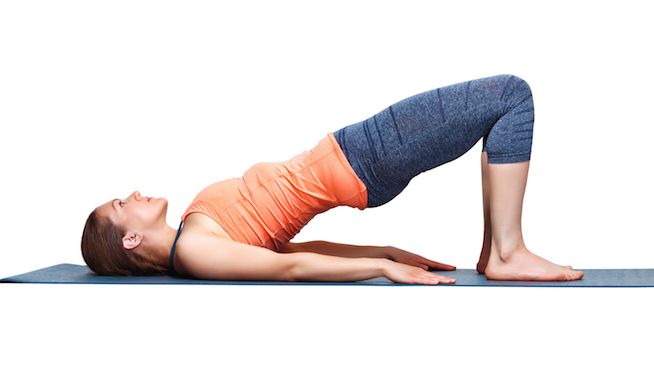
Full-Body Exercises for Strength and Endurance
Full-body exercises are highly effective for building strength and endurance while simultaneously engaging multiple muscle groups. Here are three full-body bodyweight exercises to include in your routine:
Burpees
Burpees are a challenging and dynamic exercise that targets your entire body. Here’s how to perform burpees:
- Start in a standing position with your feet shoulder-width apart.
- Squat down and place your hands on the floor in front of you.
- Kick your feet back, landing in a plank position.
- Perform a push-up by bending your elbows and lowering your chest toward the ground.
- Push through your hands to extend your arms and return to the plank position.
- Jump your feet back towards your hands, landing in a squat position.
- Explosively jump up, reaching your arms overhead.
- Land softly and immediately go into the next repetition.
- Repeat for the desired number of repetitions.
Mountain Climbers
Mountain climbers are dynamic exercises that target your core, shoulders, and legs. Follow these steps to perform mountain climbers:
- Start in a plank position with your hands directly beneath your shoulders.
- Engage your core and maintain a straight line from head to heels.
- Drive your right knee towards your chest, then quickly switch legs, bringing your left knee towards your chest while extending your right leg back.
- Continue alternating between legs in a running motion.
- Keep your core engaged and maintain a steady pace throughout the exercise.
- Repeat for the desired duration or number of repetitions.
Plank Jacks
Plank jacks are a challenging exercise that targets your core, shoulders, and legs while also providing a cardiovascular challenge. Here’s how to perform plank jacks:
- Start in a plank position with your hands directly beneath your shoulders.
- Engage your core and maintain a straight line from head to heels.
- Jump both feet out to the sides, wider than hip-width apart.
- Jump both feet back together, returning to the starting position.
- Keep your core engaged and maintain a steady pace throughout the exercise.
- Repeat for the desired number of repetitions or duration.
Incorporating these full-body bodyweight exercises into your routine will help you build strength and endurance and improve your overall fitness level.

Taking Bodyweight Training to the Next Level
Once you have mastered the foundational bodyweight exercises, you can challenge yourself further by incorporating more advanced variations. Here are three exercises to take your bodyweight training to the next level:
Plyometric Push-Ups
Plyometric push-ups are an explosive variation of traditional push-ups that target your chest, shoulders, and arms while improving power and speed. Here’s how to perform plyometric push-ups:
- Start in a push-up position with your hands slightly wider than shoulder-width apart.
- Lower your body by bending your elbows, keeping them close to your sides.
- Push back up with enough force to propel your hands off the ground.
- Land softly and immediately go into the next repetition.
- Repeat for the desired number of repetitions.
Single-Leg Squats
Single-leg squats, or pistol squats, are advanced lower-body exercises requiring strength, balance, and flexibility. Here’s how to perform single-leg squats:
- Stand on one leg with your other leg extended in front of you.
- Lower your body by bending your standing leg, keeping your other leg straight and parallel to the ground.
- Lower until your thigh is parallel to the ground, then push through your heel to return to the starting position.
- Repeat for the desired number of repetitions on one leg before switching to the other leg.
Handstand Push-Ups
Handstand push-ups are advanced exercises that target your shoulders, arms, and core. It requires strength, balance, and proper form. Here’s how to perform handstand push-ups:
- Start in a handstand position against a wall, with your hands placed shoulder-width apart on the ground.
- Engage your core and lower your body by bending your elbows, allowing your head to fall towards the ground.
- Push back up to the starting position, fully extending your arms.
- Repeat for the desired number of repetitions.
Note: Handstand push-ups require significant upper body strength and should only be attempted by individuals who have already developed a strong foundation in bodyweight exercises.
Remember always to prioritize safety and proper form when attempting advanced bodyweight exercises. Progress gradually and listen to your body to avoid injury.
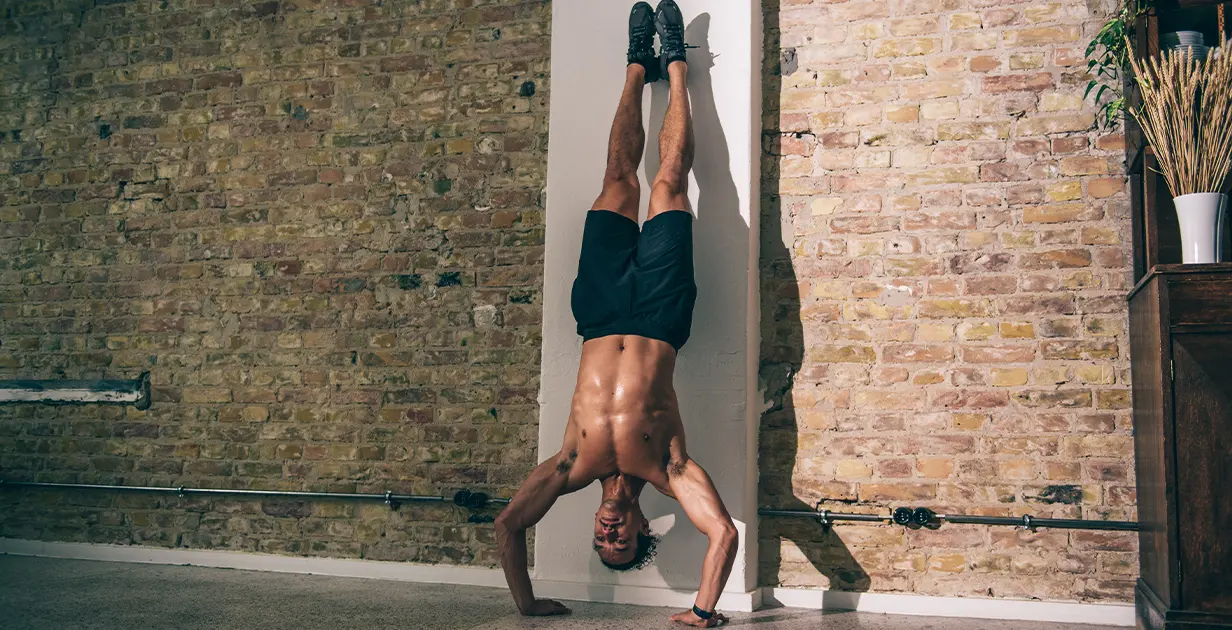
Conclusion
Bodyweight exercises provide a versatile and effective way to build strength and endurance without needing equipment or weights. Whether you’re a beginner or an advanced athlete, there are various bodyweight exercises that can target every part of your body. Start with the foundational exercises, gradually progress to more challenging variations, and always prioritize proper form and safety. By incorporating bodyweight exercises into your fitness routine, you can achieve your strength and endurance goals and improve your overall fitness level.
For a great workout, try compound exercises that simultaneously work multiple muscles, such as burpees or mountain climbers, improving strength and endurance. Bodyweight moves like these are convenient and highly effective in enhancing overall fitness, making them the favorite bodyweight exercises for many fitness enthusiasts. With consistent practice, these exercises can lead to improved strength, better body composition, and a stronger, healthier you.
FAQs – Bodyweight exercises for strength and endurance
Q: Can bodyweight exercises help build muscle?
A: Yes, bodyweight exercises can help build muscle. By continuously challenging your muscles through progressive overload, proper nutrition, and adequate rest, bodyweight exercises can stimulate muscle growth and strength gains.
Q: What are the benefits of bodyweight exercises?
A: Bodyweight exercises offer numerous benefits, including:
- Convenience: You can perform bodyweight exercises anywhere without needing equipment or a gym.
- Versatility: Many bodyweight exercises target different muscle groups and can be modified to suit various fitness levels.
- Functional strength: Bodyweight exercises often mimic natural movements, helping to improve overall functional strength and movement patterns.
- Improved balance and coordination: Many bodyweight exercises require stability and balance, enhancing coordination and body awareness.
- Cardiovascular fitness: Bodyweight exercises can be performed in a high-intensity manner, providing a cardiovascular challenge and helping to improve endurance.
- Joint-friendly: Bodyweight exercises can be less stressful on the joints than heavy weightlifting, making them suitable for individuals with joint issues or injuries.
Q: How often should I do bodyweight exercises?
A: The frequency of your bodyweight workouts depends on your fitness goals and overall training program. For general fitness and strength maintenance, 2-3 sessions per week can be sufficient. If you want to build muscle or improve specific skills, you may need to increase the frequency to 3-4 weekly sessions. Allowing adequate rest and recovery between workouts is important to prevent overtraining.
Q: Can bodyweight exercises help with weight loss?
A: Yes, bodyweight exercises can effectively lose weight when combined with a balanced diet and overall calorie deficit. High-intensity bodyweight exercises can elevate your heart rate, burn calories, and contribute to fat loss. Building lean muscle mass through bodyweight exercises can increase your metabolism and help you burn more calories throughout the day.
Q: Can bodyweight exercises be modified for beginners or individuals with limitations?
A: Yes, bodyweight exercises can be modified to suit individuals of different fitness levels and those with limitations or injuries. Beginners can start with simpler variations or reduced range of motion and gradually progress as they build strength and confidence. Individuals with limitations can work with a fitness professional or physical therapist to modify exercises or find suitable alternatives that accommodate their needs.


